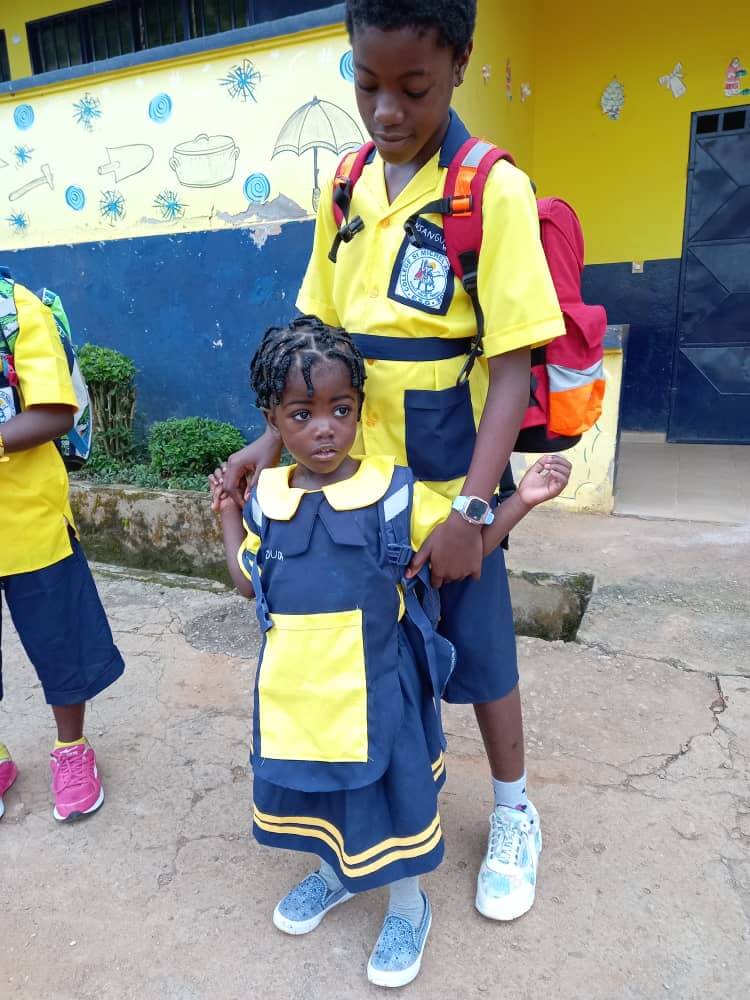Sickle cell disease in Africa
Promoting access to supportive care and cure of sickle cell disease
Sickle cell disease (SCD) is the most common non-communicable disease in African children. It is estimated that approximately 300.000 newborns are born with SCD yearly and that 50% of them will not survive beyond the fifth year of life in Sub-Saharan Africa (SSA). Moreover, those who survive will often have a poor quality of life (HRQoL) due to pain, infections, and neurological issues. Relatively simple and inexpensive interventions such as the administration of hydroxyurea, penicillin, and folic acid, have been shown to be safe and effective in SSA, and bone marrow transplantation may offer a cure with HRQoL normalization in the majority of young children. In the Cure2Children experience, of 12 children from Nigeria, Ghana, Cameroon, and Uganda, transplanted at less than 10 years of life from a compatible family remember, 11 were cured and are doing well, and most have returned to their home country. These BMTs were carried out in our partner centers in India, and Armenia. C2C has tried in the past to set up BMT centers in SAA, namely in Accra-Ghana, but not successfully for a lack of sustainability. Nevertheless, we have learned many things that we hope will allow us to have more success in the future. In particular, we believe that our partnership with DKMS, see Cure4SCD, one of the largest German NGOs, will be very helpful to facilitate a network of SSA sustainable BMT centers curing SCD at an affordable cost.
At present we are collaborating with centers in Cameroon, Nigeria, Uganda, and Tanzania to support standard care and compatibility testing (HLA typing).
